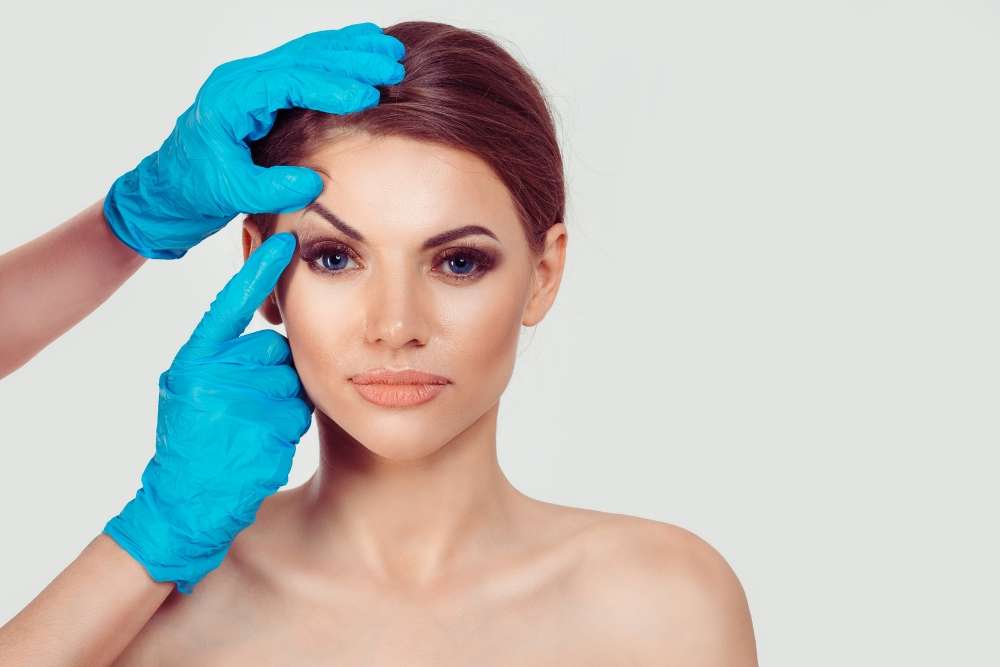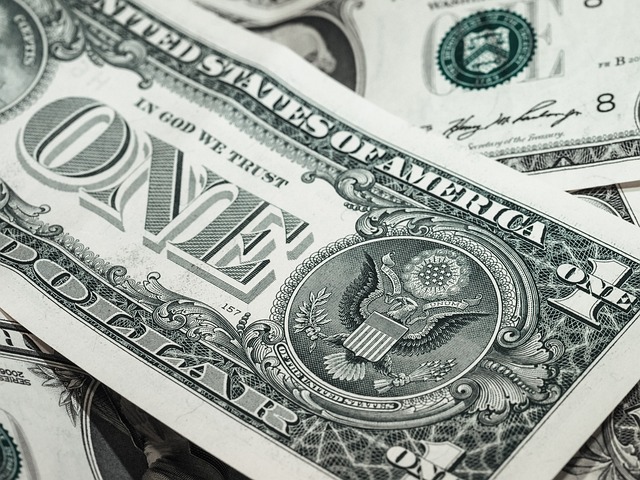Unraveling the Potential of Art Therapy in Beauty and Fitness
Art therapy might not seem like a natural fit for the beauty and fitness industry at first glance. But delve deeper, and you'll discover a fascinating intersection of creativity, self-expression, and physical well-being. Art therapy, as we know it today, began to take shape in the mid-20th century. However, the therapeutic use of art traces back to ancient civilizations. The Egyptians used art in their healing rituals, while the Greeks believed in the "cathartic" benefits of dramatic arts.

In the 1940s and 1950s, psychiatrists started to notice the expressive artworks created by patients, signaling a shift in perception. This period saw the birth of art therapy as a distinct discipline, with pioneers like Margaret Naumburg and Edith Kramer leading the way.
Art Therapy Today: More Than Just Art
Art therapy has evolved to incorporate a range of methods, including painting, sculpture, and photography. But it’s not just about creating art. The process itself is therapeutic, encouraging self-expression, self-discovery, and emotional release.
Experts believe that art therapy can positively impact mental health, which is crucial in maintaining physical health. It can reduce stress, anxiety, and depression - all factors that can hinder fitness goals and overall wellness.
Integrating Art Therapy in Beauty and Fitness Regimes
The art therapy’s holistic approach aligns well with the beauty and fitness industry’s focus on overall wellness. It can complement physical routines by addressing the mental and emotional aspects of health.
For example, painting or sculpture workshops could be incorporated into wellness retreats. These activities could provide a creative outlet for participants while also promoting mindfulness and relaxation.
In the beauty space, art therapy can aid in boosting self-esteem and body positivity. It offers a platform for individuals to express their feelings about body image, promoting acceptance and well-being.
Market Relevance and Industry Impact
The beauty and fitness industry is increasingly recognizing the importance of mental health. This shift presents an opportunity for art therapy to gain traction.
Moreover, the rise of the “experience economy” bodes well for the integration of art therapy. Consumers are seeking out unique, transformative experiences - and art therapy fits the bill. It offers an innovative approach to self-care that goes beyond traditional beauty and fitness practices.
The Evidence: Art Therapy’s Benefits
Research supports the benefits of art therapy. A 2016 study published in the Journal of the American Art Therapy Association found that just 45 minutes of creative activity significantly reduces stress in the body, regardless of artistic experience or talent.
Another study published in the Psychology of Aesthetics, Creativity, and the Arts found that the emotional benefits of creating art can create a state similar to meditation, promoting relaxation and reducing stress.
Wrapping Up
As we continue to understand the mind-body connection, disciplines like art therapy will become increasingly important in the beauty and fitness industry. By integrating creative expression into wellness regimes, we can address wellness from all angles, promoting a more holistic approach to health and well-being.
The potential of art therapy in this industry is only beginning to be explored. As more research emerges and awareness grows, we can expect to see more innovative applications of this therapeutic approach. It underscores the idea that true beauty and fitness are not just physical but also mental and emotional.




